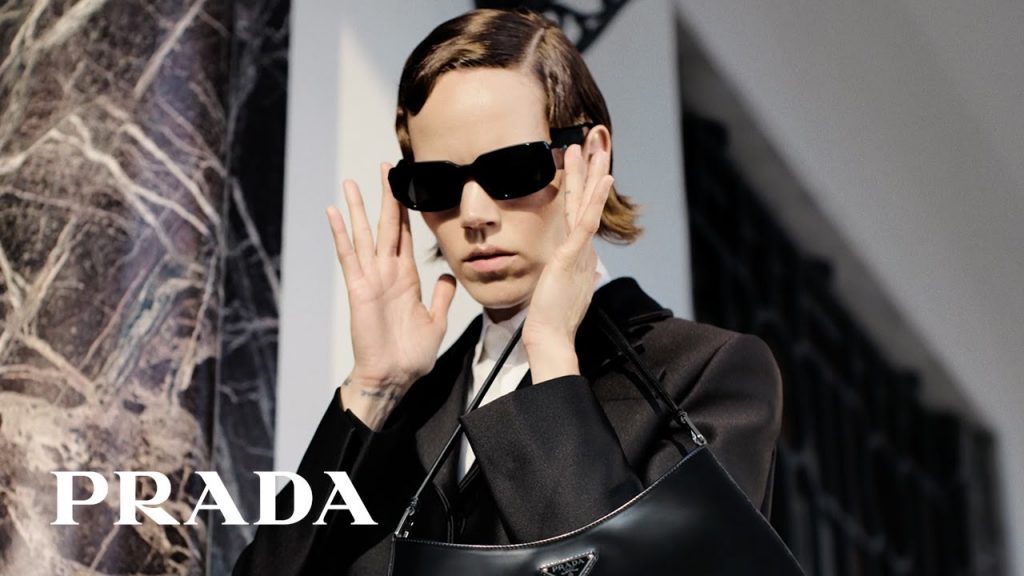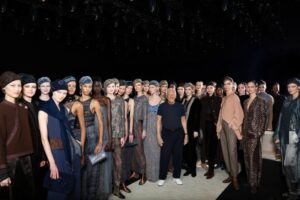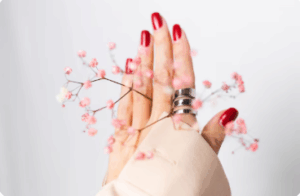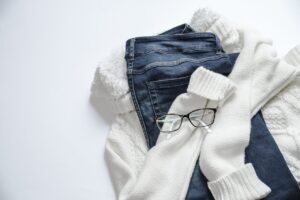Despite a general slowdown in the luxury market, Prada Group achieved double-digit profit in the first half of the fiscal year ending 30 June 2024. This success was largely due to strong retail growth at Miu Miu with retail sales up 93 per cent, year on year.
Since it was founded in Milan in 1913 when Mario and Martino Prada opened a leather goods store, Prada has grown from Official Supplier of The Italian Royal House to a global fashion empire. In the six months to 30 June 2024, Prada Group posted net revenues of €2,549 million, up 17 percent year on year.
Patrizio Bertelli, Prada Group Chairman and Executive Director, commented that “the solid results recorded in the first half of the year reflect the strength of our brands and the disciplined execution of the Group’s strategy. We are satisfied with the above-market performance and high-quality, like-for-like growth trajectory that we have achieved in an increasingly uncertain market environment.”
Strong brand identity, creativity and dynamism continue to foster desirability as retail sales rose 18 per cent to €2,263 million, driven by like-for-like and full price volumes. Andrea Guerra, Group Chief Executive Officer, commented in a company release that “Prada remained on a sound trajectory and Miu Miu confirmed its strong performance, with both brands capitalising on their unique identity, creativity and positioning.”
Miu Miu’s strong commercial performance is evident across all categories, bolstered by effective communication strategies, such as the new leather goods campaign. Special projects like Miu Miu Upcycled and successful collaborations maintained the brand’s visibility. Additionally, Miu Miu’s unique voice continued to engage with contemporary cultural discussions and inspire its global community through initiatives like the Literary Club “Writing Life” and Miu Miu Summer Reads.
The group’s growth is in marked contrast to its peers, including Kering, LVMH Moët Hennessy Louis Vuitton and Burberry. Those brands have suffered a slowdown in sales and profit growth over the past year due largely to waning demand in mainland China. By contrast, Prada Group performed well across all regions, with a record double-digit growth in Asia Pacific, Europe, Japan and Middle East and slight sequential improvement in the Americas.
Nevertheless, Patrizio Bertelli’s not complacent. “In the current macroeconomic and geopolitical context, industry dynamics have become more challenging; this requires us to be agile and sharp on our product range, communication and overall positioning, to continue to drive client engagement and to progress in our journey towards retail excellence,” he says. “While being vigilant, we remain committed to our strategy and to our ambition to deliver solid, sustainable and above-market growth.”
Prada’s momentum is largely attributed to its creative strength, high- impact initiatives, and engagement with audiences. The positive performance was supported by a well-balanced category mix: newness and icons continued to sustain Leather Goods, while creative dynamism drove Ready-To-Wear and Footwear traction. Successful menswear and womenswear shows confirmed the appeal of the luxury fashion brand’s aesthetic codes and collaborations with celebrated talent led to a bold reinterpretation of the iconic Galleria bag and the presentation of the Re-Nylon collection campaign.
Sustainability strategy of Prada Group
Prada Group envisages a future in which sustainability and sartorial innovation go hand in hand to create sustainable and stylish apparel. Its sustainability strategy is the blueprint of a long process of growth and enhancement for the planet, people and culture and key executives in leadership envision further building up and reinforcing this commitment with ambitious targets.
The Group advanced its climate strategy by targeting a reduction in Scope 3 GHG emissions. This involved transitioning to lower-impact raw materials such as leather, cotton, viscose, polyester, nylon, and sustainable packaging materials like paper and plastic. Key areas of focus include chemical stewardship, raw material traceability, and water data collection.
Governance improvements were made with enhanced oversight of the supply chain, and procurement teams along with strategic suppliers received training to align with the Group’s sustainability goals. In terms of DE&I, the Group unveiled a three-year roadmap emphasizing gender equality in leadership, comprehensive training, parenting policies, and and the development of sustainability-focused leadership behaviours. Additionally, the remuneration of a higher proportion of key executives has been linked to sustainability.
The Group has also reinforced its dedication to culture and ocean conservation with the launch of the third SEA BEYOND educational module, reaching nearly 35,000 students across 56 countries, and hosted an international conference dedicated to ocean education in Venice, in collaboration with UNESCO.
“This is the only way to shape the mind and hearts of future generations so they have a more responsible behaviour when they become entrepreneurs, or the manager of a country, or a prime minister,” Lorenzo Bertelli, Prada Group Head of Marketing and Communication said in the interview with WWD. “We want to prove that this project is convenient for everybody — for us as a company, for the students and for everybody. And we want to lead the way and show that sustainability is convenient for everybody, also from the monetary perspective.”
In the past, Prada was one of thirty-two brands including Burberry, Chanel and Stella McCartney to sign the Fashion Pact – spearheaded by French President Emmanuel Macron and Kering chairman and CEO François-Henri Pinault – with its commitment to meet three key sustainability goals: eliminate greenhouse gas emissions by 2050; reduce single-use plastics by 2030 and support innovation to destroy micro-fibre pollution. Shortly, the luxury fashion brand became the first to sign a sustainability-linked loan, indicating that it would lose financially if it doesn’t deliver on its green targets.
Jasmeen Dugal is Associate Editor at FashionABC, contributing her insights on fashion, technology, and sustainability. She brings with herself more than two decades of editorial experience, working for national newspapers and luxury magazines in India.
Jasmeen Dugal has worked with exchange4media as a senior writer contributing articles on the country’s advertising and marketing movements, and then with Condenast India as Net Editor where she helmed Vogue India’s official website in terms of design, layout and daily content. Besides this, she is also an entrepreneur running her own luxury portal, Explosivefashion, which highlights the latest in luxury fashion and hospitality.












